Is your Wine Tasting Room Set Up Properly?
The set up of the wine tasting room depends on the purpose and the rigor desired for the occasion. There are as many tasting rooms as there are occasions to taste wine.
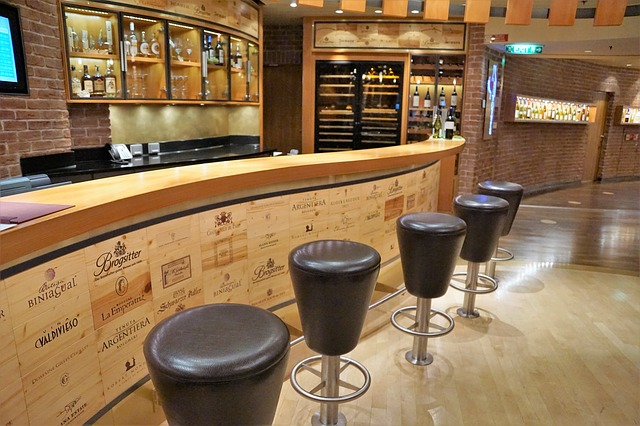
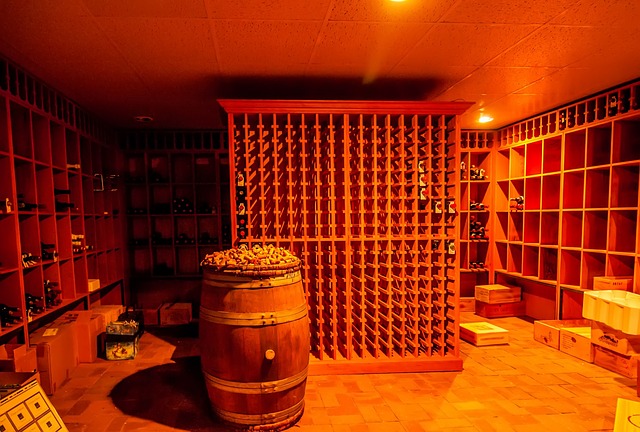
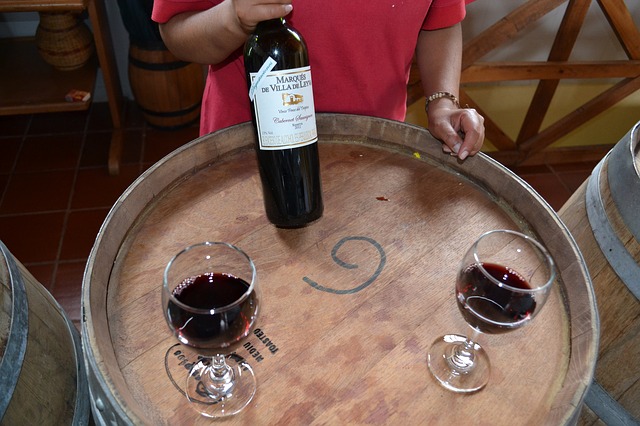
Observing these basic principles is more important when the outcomes of the tasting may impact decisions to be made on the wine whether you are:
- a winery professional in needs of making critical decisions, or
- a wine enthusiast willing to purchase some of the wines in the future, or
- a wine taster willing to improve his/her tasting abilities and wine knowledge.
In any cases, you need the best conditions to evaluate the wines and memorize their different sensory attributes without being influenced by all the possible distractions that can affect your sensory perceptions.
However, in a more social context such as at a wine festival or at a winery tasting bar, you want to enjoy both the wines and the ambiance. I doubt you will want to take serious notes about the wines themselves. And if you do, be aware that you will get different sensory perceptions than you will experience if you tasted these wines in a more appropriate wine tasting room. Your notes will be as good as they get.
Let’s talk first about the “serious” wine tasting environment. Later on, I will provide several tips on how to be more objective in social contexts.
A Wine Tasting Room for the Sensory Experience
A wine tasting room doesn’t have to be as clinical as the sensory evaluation laboratories I am used to work with, although this design ensures that no distraction interfere with your senses.
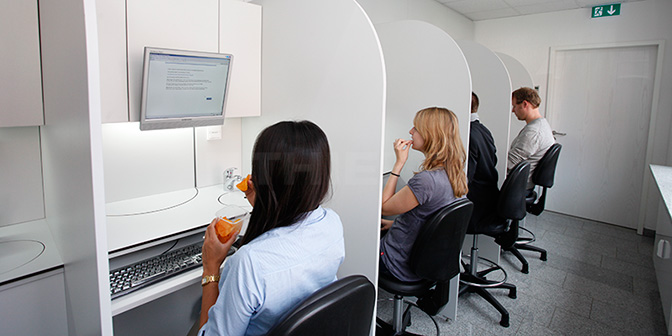
However there are 3 principles to follow to prevent insidious tasting errors to impact the tasting outcomes.
1- Find a quiet space where tasters can focus on the task.
2- Limit all sensory stimulations other than those in the wine glasses: no music, no flashy posters on the walls, no perfumes, no coffee pot nearby.
3- Limit tasters interactions: wine tasters love to talk. However, sharing opinions while tasting can influence one way or the other what one actually perceives.
Mutual suggestion, especially coming from more experienced tasters or senior managers or professors can mislead your sensory perceptions and make you think you are wrong.
Remember you are never wrong; believe your senses as long as they are not distracted.
There are few ways of limiting interactions: build partitions (permanent or temporary) or place people in such a way they don’t see each others’ faces and they can’t see each others’ notes, like if they were taking an exam.
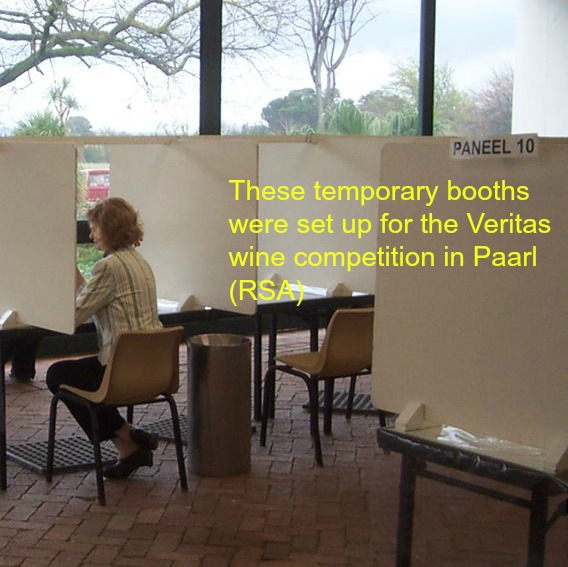
Actually, I use school test dividers when I do not have access to a regular sensory lab and you can purchase them easily online or at your favorite office supply store.
All sensory textbooks cover requirements to build a sensory lab. If you are interested in building a wine tasting room with sensory evaluation standards, I would recommend reading the ISO guidelines written to that effect.
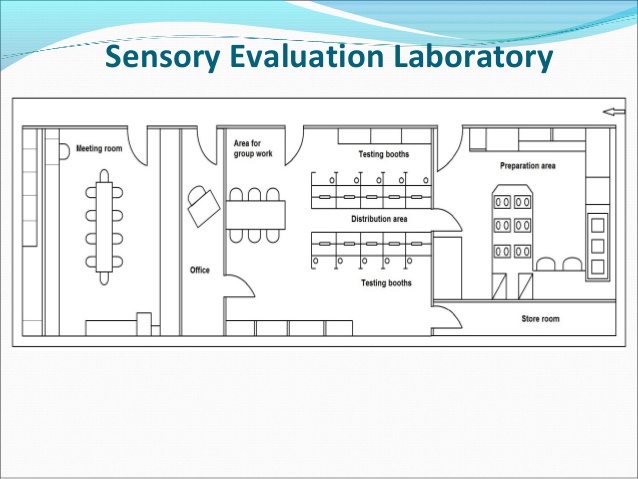
Wine Tasting Room for the Social Experience
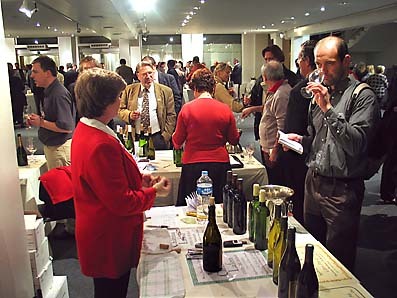
I am always impressed when I see wine writers tasting and making notes while they attend wine events, going from one table to the next. Impressed but worried about the validity of the process and the fairness to the wines. It’s quasi impossible to eliminate any sensory interactions with your wine perceptions.
Indeed, the winery staff talks to you and provides as much information as they can on the wine making and the winemaker philosophy. These are well intended but definitely they can challenge your wine perceptions through the power of suggestion or creating expectations (high or low).
These places are usually noisy and immersed in lovely food smells.
In such an environment, if you are willing to compare wines based on their sensory attributes, then make sure you keep a consistent process.
- You will likely see the wine labels, however ask the staff not to give you her pitch until you have completed your notes.
- If you expectorated wines before, do it for all...yes all the wines.
- If bread or unsalted/unflavored crackers are available, eat some to absorb any remaining flavors between wine samples and to give you some fuel to go on.
- Rinse your palate with water and drink a lot of water to prevent dehydration. Using the washrooms will help you pace your tasting by offering natural breaks.
One last thing: It would be rude to the wines to compare the notes you took at such events with notes for other wines taken in better tasting environments. Make sure you flag these notes for future references
Another last thing: Social events are designed to deliver pleasurable experiences to leave you with great memories. so go back to more serious tasting at a later date.
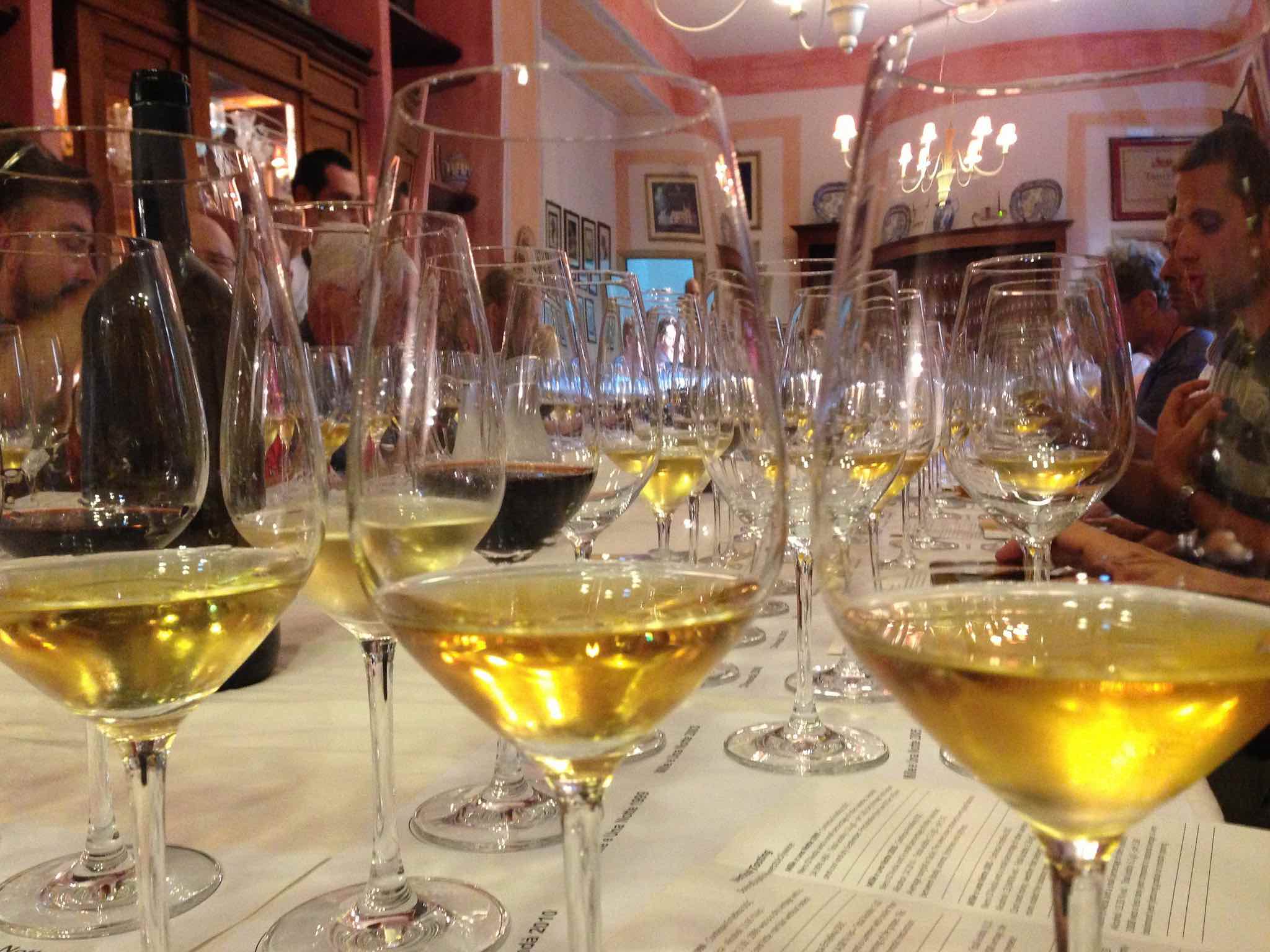
Home > Wine Tasting Basics > Tasting Room


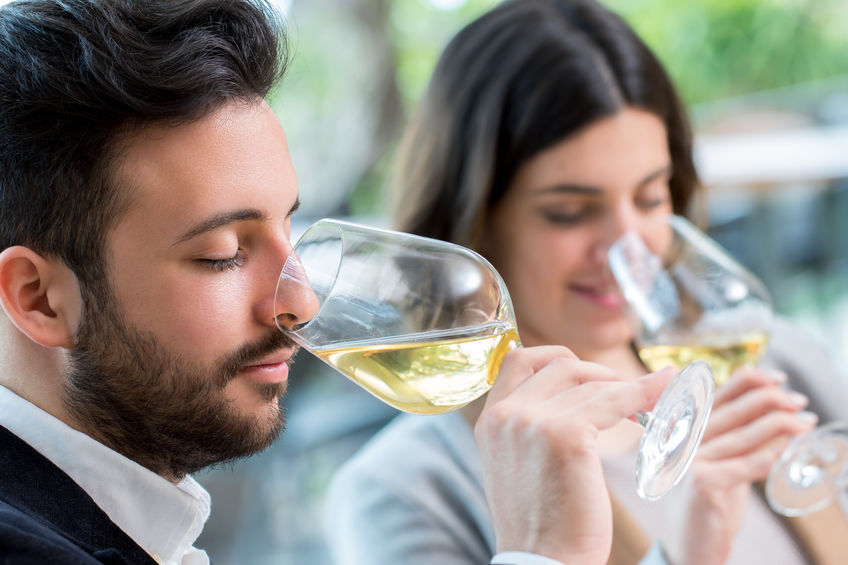

New! Comments
Have your say about what you just read! Leave me a comment in the box below.